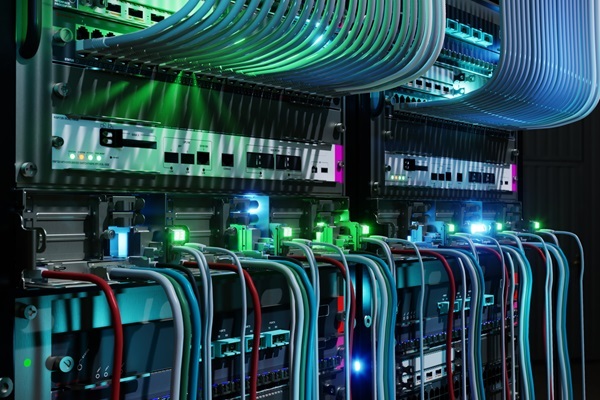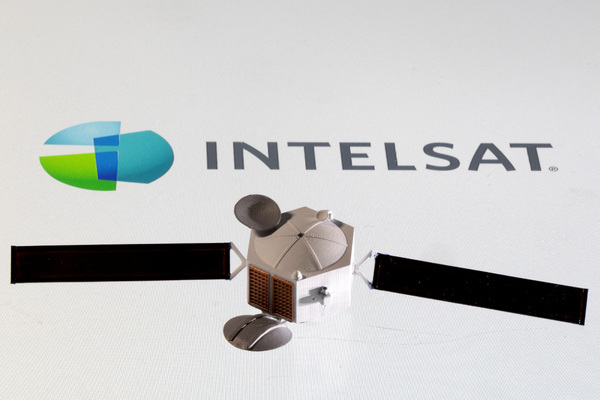AI boom, GPU shortage: the complex equation of data centres
Sponsored by Data4 Group
A few weeks after NVIDIA GTC 2025, where major breakthroughs in GPU technology and artificial intelligence (AI) were unveiled, is a great time to examine current market dynamics and the strategic role of data centres. These infrastructures, such as those operated by Data4, a European leader in the sector, are at the heart of this digital revolution.
A market under pressure: the GPU war
The rapid rise of generative AI is reshaping the technology landscape. Models such as ChatGPT and Gemini require immense computing power, driving an exponential demand for high-end GPUs such as NVIDIA’s H100 and AMD’s MI300X. Faced with this surge, cloud providers (AWS, Azure, Google Cloud) and AI startups are fiercely competing to secure their supplies.
However, this enthusiasm comes with structural tensions. GPU production remains highly concentrated among a few suppliers, led by NVIDIA and followed by AMD, Intel and emerging open-source initiatives such as RISC-V. Furthermore, manufacturing relies on a limited number of foundries – TSMC and Samsung at the forefront – making the market vulnerable to geopolitical and industrial disruptions. The result: frequent shortages, soaring prices and limited accessibility for many players.
To overcome these challenges, alternative solutions are emerging: shared infrastructure, GPU-as-a-Service offerings and hybrid cloud solutions. These models aim to democratise access to computing resources while optimising their utilisation.
An infrastructure challenge for data centres
The explosion in GPU demand is testing data centres, which must adapt their infrastructures. First, GPUs consume significantly more energy than traditional CPUs, requiring increased rack density and more robust power supplies.
Another major challenge is cooling. The heat dissipation of next-generation GPUs necessitates advanced technologies such as liquid cooling or immersion cooling. These innovations help maintain performance while improving energy efficiency.
Investments are substantial. Operators must anticipate future needs in computing power and connectivity by designing “AI-ready” data centres. These infrastructures, optimised for high-performance computing (HPC), incorporate modularity and flexibility to meet the market’s evolving demands.
However, this transformation must align with sustainability goals. How can we balance the exponential increase in computing needs with energy efficiency requirements? The answer lies in several strategies: integrating renewable energy, recovering waste heat, optimising workload flows and designing eco-friendly infrastructures. These approaches are crucial to reducing the sector’s carbon footprint and meeting increasingly stringent regulatory requirements, particularly regarding Scope 3 emissions.
A strategic opportunity for data centres
Rather than a constraint, this evolution represents a major opportunity for data centre operators. By becoming facilitators of AI innovation, they can position themselves as strategic partners for companies developing artificial intelligence solutions.
The future lies in the creation of centres of excellence dedicated to HPC and AI, fostering the emergence of new use cases. These technology hubs – combining expertise, infrastructure and connectivity – will provide an optimal working environment for both startups and large enterprises.
The road ahead
The GPU market is undergoing a profound transformation, driven by artificial intelligence. Between supply chain tensions, soaring computing demands and environmental challenges, data centres must rethink their models to support this shift.
By focusing on technological innovation, energy efficiency and digital sovereignty, these infrastructures will play a key role in building a sustainable and high-performing AI ecosystem. The challenge is clear: without data centres, there is no AI.
Click here to find our more!
By Adam Levine, Chief Commercial Officer, Data4

Business Reporter Team
Most Viewed
Winston House, 3rd Floor, Units 306-309, 2-4 Dollis Park, London, N3 1HF
23-29 Hendon Lane, London, N3 1RT
020 8349 4363
© 2025, Lyonsdown Limited. Business Reporter® is a registered trademark of Lyonsdown Ltd. VAT registration number: 830519543





